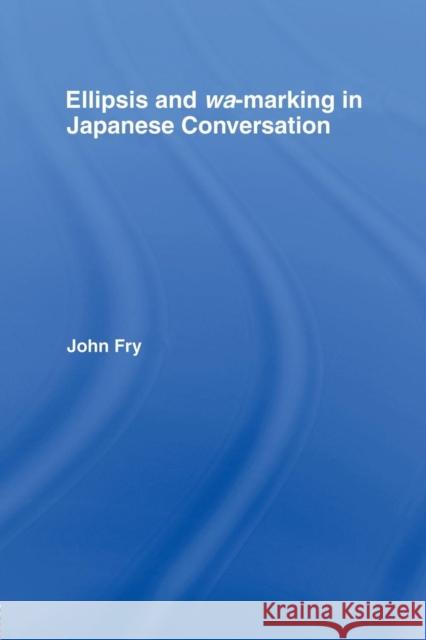Ellipsis and Wa-Marking in Japanese Conversation » książka
topmenu
Ellipsis and Wa-Marking in Japanese Conversation
ISBN-13: 9781138968585 / Angielski / Miękka / 2016 / 220 str.
Ellipsis and Wa-Marking in Japanese Conversation
ISBN-13: 9781138968585 / Angielski / Miękka / 2016 / 220 str.
cena 243,34
(netto: 231,75 VAT: 5%)
Najniższa cena z 30 dni: 236,70
(netto: 231,75 VAT: 5%)
Najniższa cena z 30 dni: 236,70
Termin realizacji zamówienia:
ok. 22 dni roboczych
Bez gwarancji dostawy przed świętami
ok. 22 dni roboczych
Bez gwarancji dostawy przed świętami
Darmowa dostawa!
First published in 2003. Routledge is an imprint of Taylor & Francis, an informa company.











